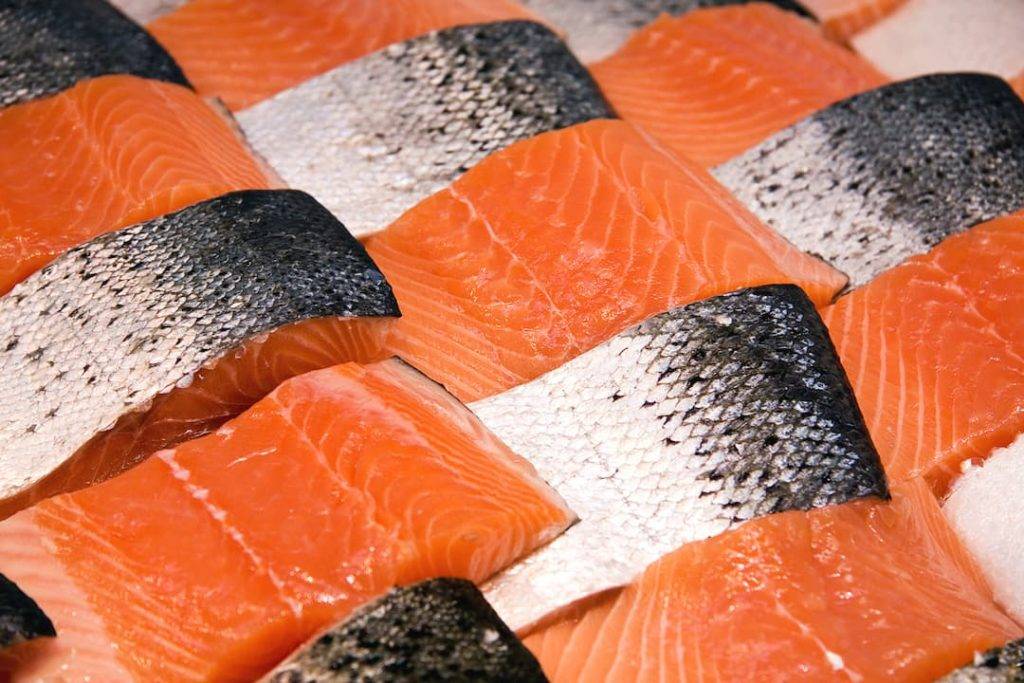Seafood has a reputation for being hard to cook – or at least, hard to cook well. However, with a few simple tips and tricks, you can make preparing a fish supper a breeze. Of course, there are many different types of fish available, and all will need to be treated differently. Whether it’s a tender tuna steak or a prawn cocktail you’re aiming to put together, there’s no one-size-fits-all cooking technique. Therefore, we would always recommend doing some research before preparing a fish dish that’s new to you.
Selecting Your Seafood
For the most delectable fish supper, you’ll want to use the freshest fish you can find. High quality seafood has a superior flavour, and you can really taste the difference when compared to cheap prepackaged options.
You’ll most often find the freshest possible fish at your local fishmonger. As well as that, your fishmonger can give you advice for how best to prepare your chosen fish. You’ll also be giving support to a local business, and the fish that you purchase is less likely to have been transported a long distance. Therefore, it’s often the most sustainable option as well.
A good piece of seafood – whether it’s been frozen or not – will have an even colour, firm skin and a delicate smell. Strong, fishy smells or chemical smells are a sign that the fish is not fresh, so avoid that at all costs.
Cooking Methods
Seafood can be cooked in a number of ways. You can choose to fry, roast, grill, poach or steam it. The best method for your meal will depend on the fish that you’re working with and the recipe you’re using it in.
The Best Fish For Frying
We recommend: White fish such as cod, haddock and pollock. Bream, bass and salmon are also excellent fried. Prawns and langoustines are fabulous fried in butter and garlic.
Use a neutral oil with a high burn point for the best results. Any fish which has a skin should be cooked first skin-side down. This helps you to get a crispy crust and ensures the flesh won’t be burned or overcooked. The skin may stick to the pan during cooking, but don’t let this worry you. Once the fish is cooked through, it should come away with a nudge. If you’re adding butter, garlic or lemon juice, do this for the final minute or two of cooking to ensure it doesn’t burn and create bitterness. At this stage, you can flip the fish to ensure it’s cooked through on both sides and get a little bit of caramelisation on the top.
Roasting Or Grilling A Fish
We recommend: If you’ve got a whole side of salmon or chunky cut of fish, roasting will yield a good result. Sliced tuna works well under the grill, as well as flat fish.
For large cuts of fish, roasting is a quick and easy way to get maximum flavour in minimal time. The key to a beautifully roasted piece of fish is in the preparation. Score the skin to prevent curling and add plenty of herbs and seasonings, as well as a generous slug of oil. A whole fish can only take around 20 minutes to cook (depending on the size), so keep a close eye on it. The fish will continue to cook once removed from the oven, so keep this in mind to avoid overcooking it.
If you’ve got a medium-sized piece of fish, you could also consider grilling it. Grilling works best on thinner fish, such as flat fish. The heat can permeate through the whole piece more easily, resulting in less likelihood of it burning.
Poaching & Steaming Seafood
We recommend: Haddock, plaice, lobster or crab. Most fish with a delicate, sweet flavour will suit being poached or steamed well.
Finally, you can poach or steam some fish for a light and tender result. The key to a good piece of poached or steamed fish is keeping the temperature high enough to cook the seafood through without doing it too quickly. For both methods, water that is simmering on a medium to high heat should work well. If the water is at an aggressive boil, it’s too hot.
Both methods allow you to impart additional flavours in your piece of seafood. Steaming lends itself well to incorporating aromatics such as lemon and herbs, whereas poaching can work with more experimental additions such as juices, milk and even liquors. Ask your fishmonger for recommendations if you’re unsure what to use as a poaching liquid.
The Market Plaice’s Top Seafood Tips
To ensure your seafood is cooked perfectly, no matter what it is, follow our top tips:
- Allow your fish to rest before eating it. This lets the juices redistribute so your fish remains soft, tender and moist.
- A meat thermometer can be really helpful for seafood enthusiasts and will help you ensure your fish is cooked properly.
- The general rule of thumb when cooking fish is that you’ll need to cook it for 10 minutes per inch of thickness, assuming your cooking temperature is 200 degrees Celsius.
Of course, you’re always welcome to ask our fishmongers for specific tips for the cut of fish you’re purchasing. Simply visit us at Plymouth Market to discover our catch of the day and learn more about our high quality seafood.
